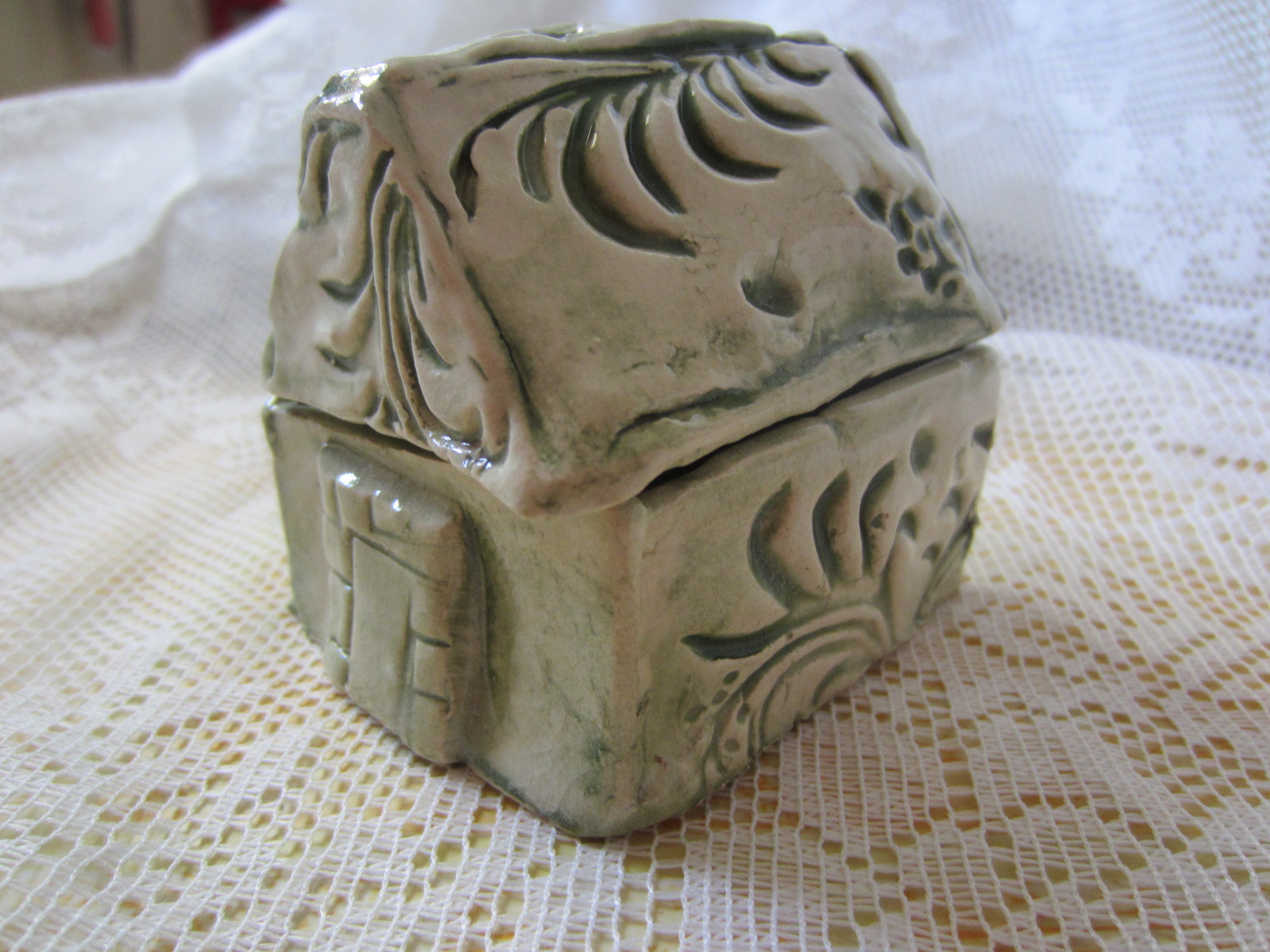THE JEWISH WEDDING BOX
We all know that the wedding ring is the material symbol of a legal Jewish wedding. It is a critical part of the wedding vow.

We may never fully understand the level of abject poverty under which many Jewish families lived throughout history. To alleviate the need for a groom to purchase an expensive ring for his bride, an interesting custom arose, whereby an entire village would buy one expensive ring. Historically, these highly ornate rings were ceremonial, used only at the couple’s wedding, and thought to be owned by the community or passed down in families.
More often then not, there was a tiny building on top of the ring, perhaps meant to represent the Temple of Jerusalem (destroyed by the Romans in 70 C.E.), but more likely representing the couple’s future home. In some versions the roof was hinged, and opened to reveal a tiny golden Torah scroll. These houses were often enameled, never bejeweled. In other examples, the roof came off to reveal the wedding ring (a much more reasonably priced ring) which the bride would wear after the wedding.
I remember visiting the Israel Museum in Jerusalem during a special exhibit showcasing “The Jewish Life Cycle.” In the “Wedding” section of the exhibit hall, there was an entire showcase of these rings. Google “Jewish Wedding Rings With Houses” and you will see many examples of this interesting wedding ring.
Although the original ring had a house on top, as in the pictures on this blog, we have “flipped” that so that the ring could sit inside the “house” box.
There is no actual history behind the carrying of the wedding ring(s) down the aisle in a box. The earliest example we could find was in the wedding ring with the house on top, mentioned above. So maybe this is a Jewish “tradition.”
On the other hand, the wedding favor box carries on the timeless tradition established by the early European upper classes, who provided elaborate gifts to party guests. Initially, the gifts were small fancy boxes known as a bonboniere. The boxes were intended to hold bonbons or confectionery delicacies at a time when sugar was quite expensive. A bonboniere was fashioned of crystal, porcelain or gold and often encrusted with precious stones.
Today the box remains a popular means of presenting a gift to the best man and members of the bridal party, as a symbol of appreciation from the newly married couple, for having been a part of the happy event. The wedding favor box will more commonly have a very simple styling and be tied with a ribbon, to complement an elaborate or simple wedding favor hidden inside. The presentation of decadent candies in delicate boxes evokes the spirit of this everlasting tradition.
So I am making a call out to the community: Have any of you heard of a “wedding box” being used as a part of a Jewish wedding? If you have, please write to me and tell me about it, especially if you know the history of that custom.
AND if you are interested in beginning your own custom of using the “wedding box” as a part of your own wedding ceremony, enter my Etsy site and buy one of my own one-of-a-kind wedding boxes, and you will receive the following note: You are the proud owner of a Jewish Heirlooms “House Ring Box,” a one of a kind box to be made in this design by the ceramic artist, Alida Bunder, in Jerusalem. Each ring box is hand-crafted.
“A precious family heirloom is not just ours to enjoy, but to treasure, protect, and pass on to future generations.”
